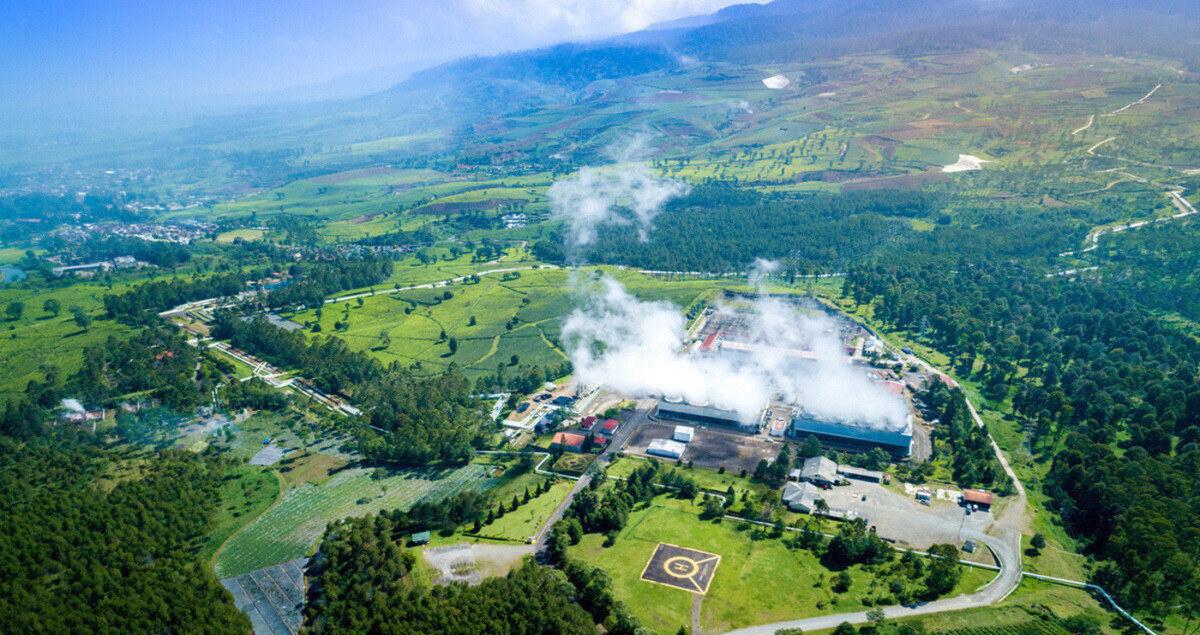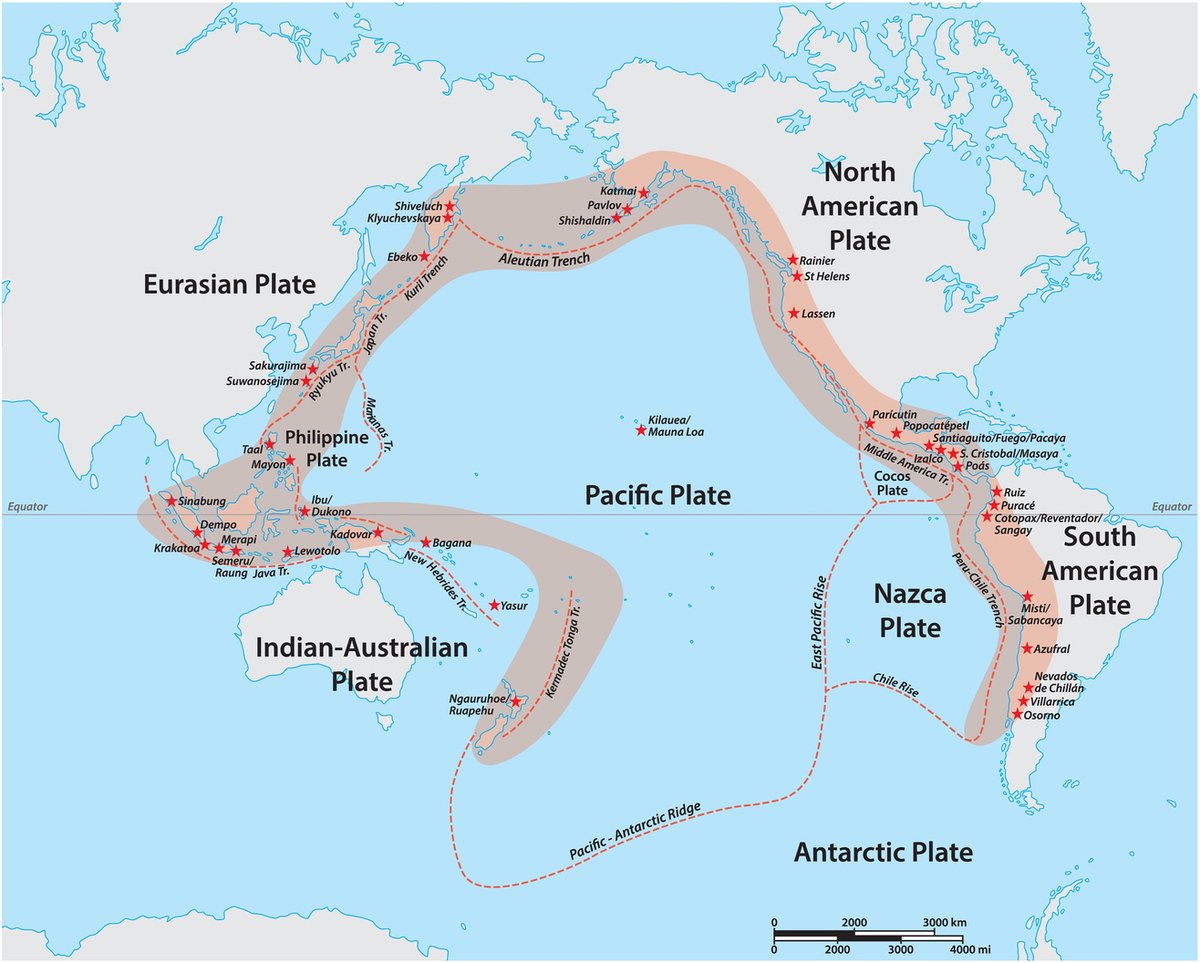Indonesia’s net zero future: sustainable energy transition

Powering a nation spread across a 17,000-island archipelago doesn’t come easy. For Indonesia, making its energy more sustainable adds a new level of complexity to the challenge.
The country is one of many emerging economies trying to balance burgeoning power demand with an urgent need to cut global greenhouse gas emissions.
Indonesia’s policymakers have set ambitious targets to embrace clean energy on the way to reaching net zero emissions by 2060. They aim to increase the share of renewables in the country’s energy mix from 12% now to 23% by 2025.
While every country faces unique challenges, like many other emerging markets Indonesia’s net zero plans involve a realistic way to achieve a just, orderly and affordable energy transition. Success involves embracing a variety of more sustainable fuels and technologies, while utilizing transitional energy sources like natural gas.
Indonesia’s energy landscape
The energy transition is not simply a case of switching to renewables or cleaner fuels. Fossil fuels are responsible for a large proportion of both Indonesia’s exports and domestic energy supply, making them a hard habit to break.
The country is one of the world’s largest exporters of thermal coal — the type of coal usually used to fuel power plants — according to the US Energy Information Administration (EIA). Its domestic coal use more than doubled between 2010 and 2019, and the fuel accounts for 37% of the country’s primary energy consumption.

Petroleum accounts for the second-largest share of Indonesia’s energy mix, followed by natural gas.
Indonesia’s primary energy demand has increased by 3% a year since 2010. This growth, coupled with falling oil output, leaves the government facing some tough investment decisions.
Green shoots of sustainability
With many lives and livelihoods dependent on fossil fuels, the switch to cleaner energy can’t happen overnight. The shoots of green energy are growing, but there is a long way to go before Indonesia fully embraces sustainability.
Several key low-carbon technologies are being developed: Indonesia is the world’s second-largest geothermal electric power generator; hydropower provides 8% of the country’s total electricity generation; another 6% comes from non-hydro renewables like solar; and plans are in place to make the co-firing of biomass power plants mandatory as part of government efforts to phase out coal-firing power plants.
The country’s ”Long-Term Strategy for Low Carbon and Climate Resilience 2050” report outlines a low-carbon scenario compatible with the Paris Agreement. It sees Indonesia’s greenhouse gas emissions peaking in 2030. Achieving this will rely on deploying emissions-busting technologies like carbon dioxide capture, utilization and storage (CCUS) in power generation and heavy industry.
State-owned oil and gas company Pertamina is also looking to invest $11 billion to accelerate clean energy technologies like hydrogen in the coming years.

Indonesia sits on Asia’s Ring of Fire zone of Pacific volcanoes, giving access to a rich source of secure, sustainable and affordable subterranean energy. New projects are being added that could almost double the country’s geothermal capacity by the end of the decade, up from about 2GW at the end of 2019 to 5.2GW by 2026. It would then overtake the US as the largest geothermal market globally.
Low-carbon ambitions
Plans for greater reliance on geothermal energy are accompanied by moves to expand the use of biomass plants, according to the EIA.
A collaboration between industry and academia led Mitsubishi Power, a power solutions brand of Mitsubishi Heavy Industries (MHI) Group, to approach the Indonesian government with a proposal. The plan is to use two existing thermal power plants for a pilot study to test potential for co-firing with biomass, using abundant local wood pellets as fuel.
The move is part of a memorandum of understanding between MHI, Indonesia’s Institut Teknologi Bandung (ITB) and domestic power utility PLN Group to conduct joint research on clean energy solutions that will enable decarbonization.
A separate study is exploring the potential of using ammonia for power generation in Indonesia. MHI and ITB will conduct joint research and development of ammonia-fired power generation using gas turbines.
This has coincided with Indonesia holding the rotating presidency of the G20 this year, with global efforts to decarbonize high on the agenda when the G20 Heads of State and Government Summit takes place in Bali in November 2022. The global business community is also providing its input via the Business 20 (B20), a forum of leading companies, that has worked all year to design concrete and actionable recommendations for policymakers.
The energy transition is a key pillar of Indonesia's G20 presidency. Pertamina is targeting a 30% reduction in greenhouse gas emissions by 2030. The company has announced initiatives to develop green refineries, bioenergy, hydrogen projects, and battery and integrated energy storage ecosystems. PLN is also embracing sustainability with its plan to convert around 5,200 diesel generators operating in remote areas to renewables-based plants.
While solar power generates less carbon emissions compared to conventional sources of energy, this kind of electricity can only be generated when the sun shines and solar farms require land resources. Diesel and gas engine generators provide a reliable source of backup power for remote communities, helping overcome intermittency challenges. Hybrid systems like MHI’s Eblox use clean solar energy when available, supported by backup power from battery storage and diesel or gas engine generators.
A greener future
Indonesia has entered into an agreement with neighboring Singapore to promote sustainability and develop its green and digital economies. It is hoped this will further the energy transition in both countries.
Such cooperation could also help efforts to build Indonesia’s new “green and smart” capital city in Nusantara in East Kalimantan, which will replace the current capital Jakarta. The Asian Development Bank has pledged to help Indonesia plan the relocated city as carbon neutral and inclusive, while protecting the surrounding rainforest.
The investment decisions of Indonesia and its neighbours in the Asia-Pacific region — which generates just over half of global CO₂ emissions from energy — sit at the heart of efforts to reach net zero emissions. Governments, businesses and investors across Asia-Pacific invested a record $368 billion in 2021 to facilitate the energy transition.
Technologies such as renewables, biomass, hydrogen, CCUS and other low-carbon solutions look set to play a key role, helping countries like Indonesia balance growing energy demands with their climate commitments.
Discover more about Mitsubishi Power in Indonesia




